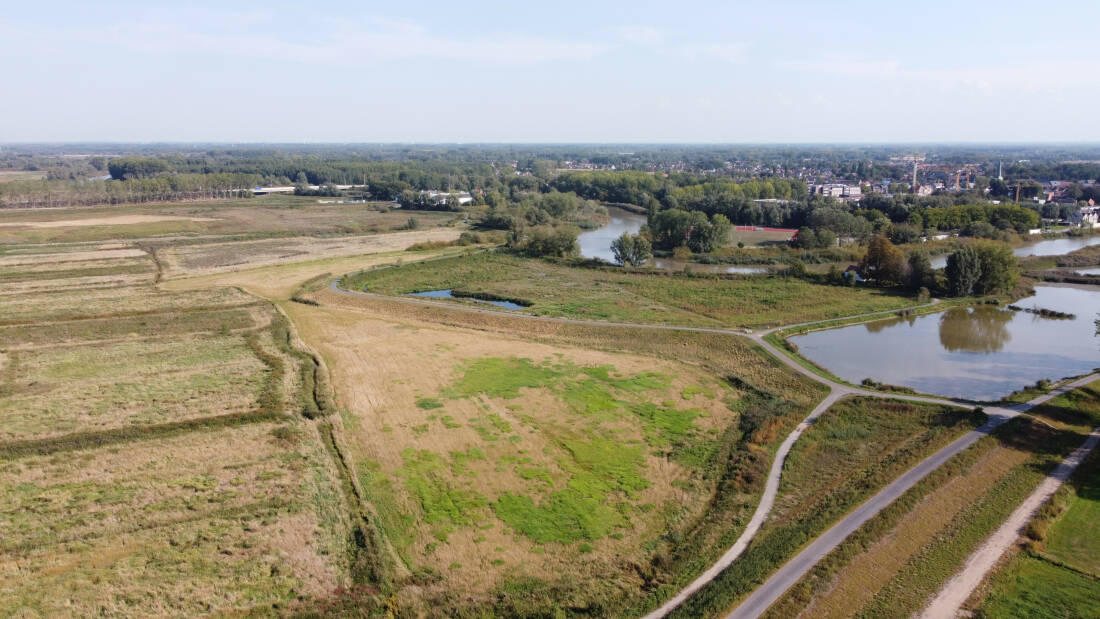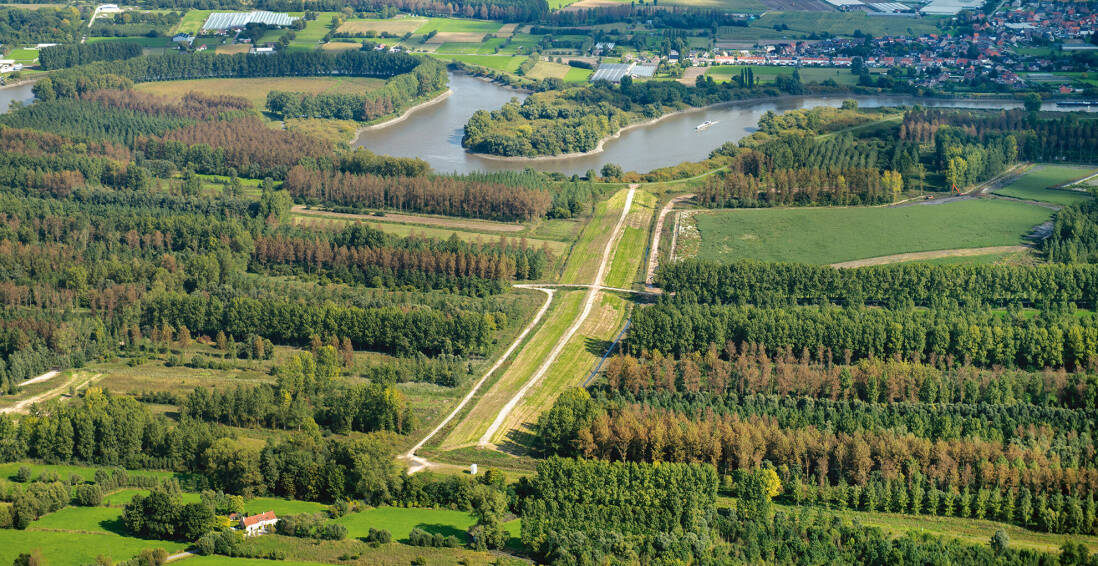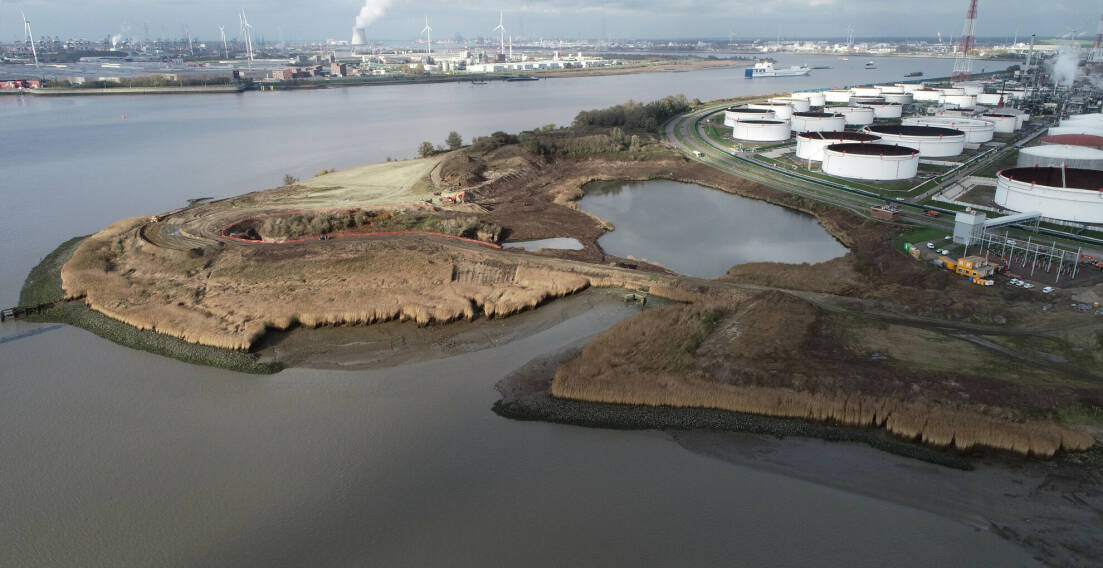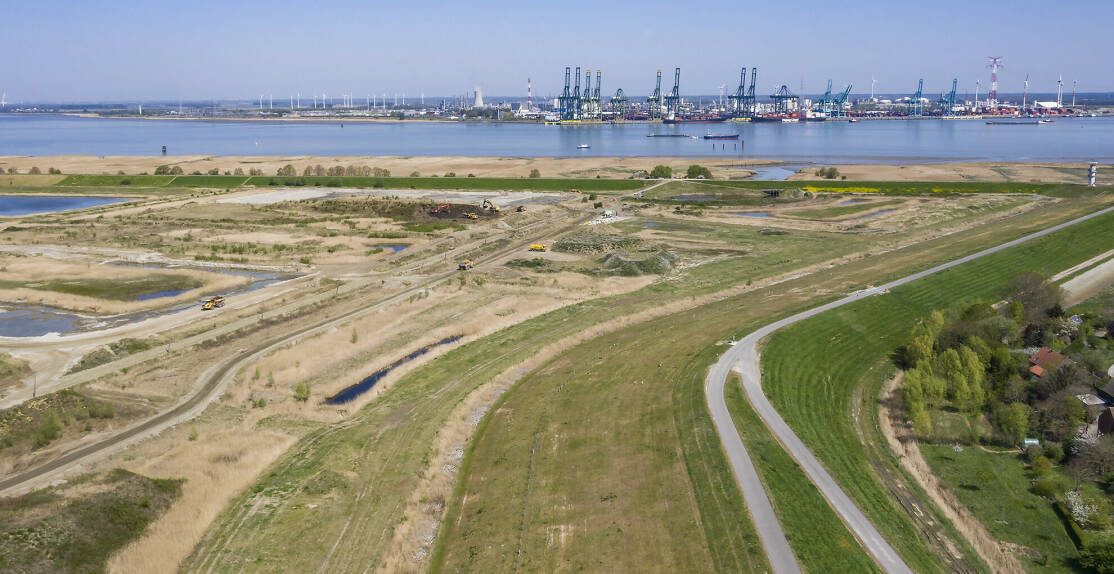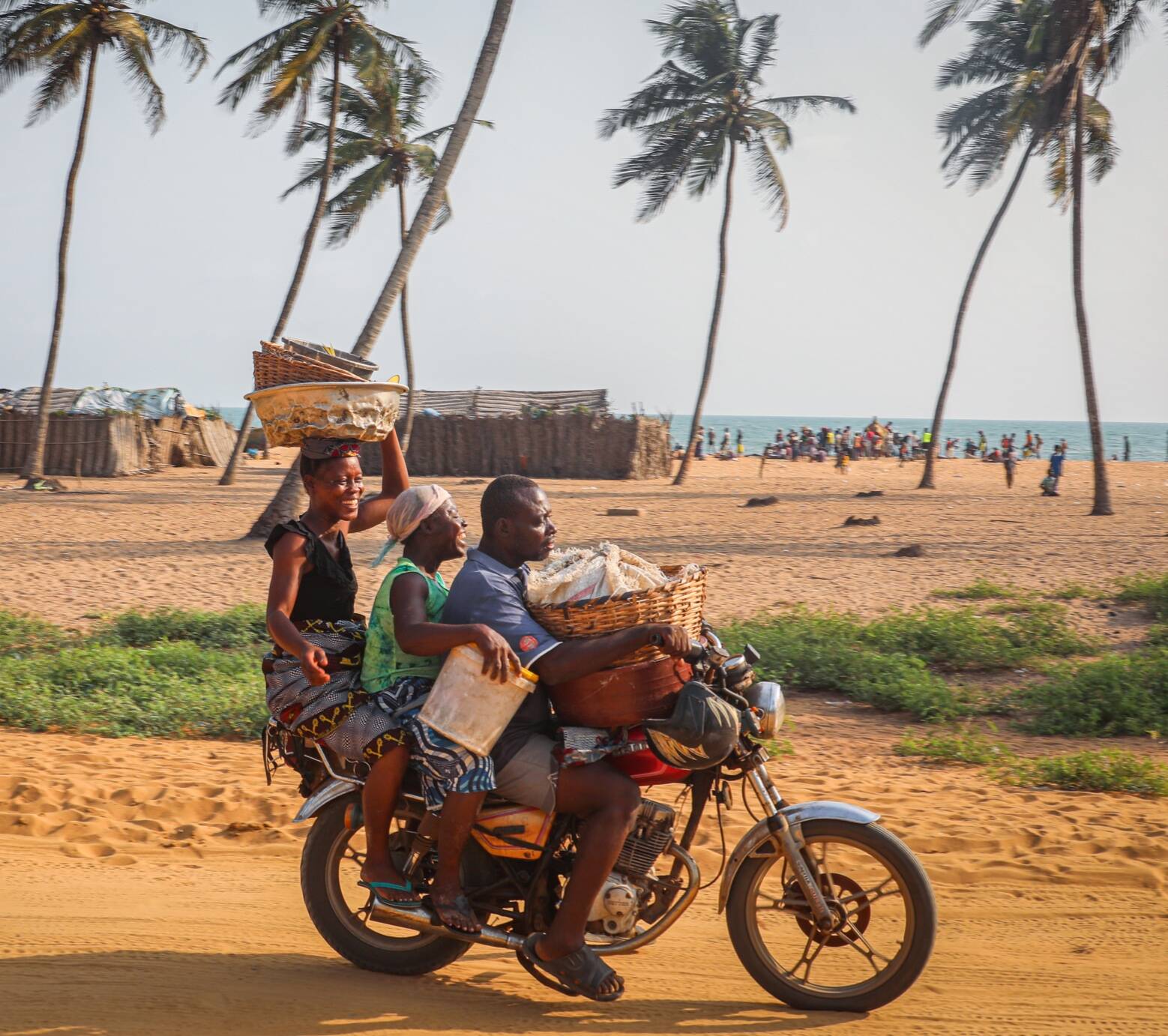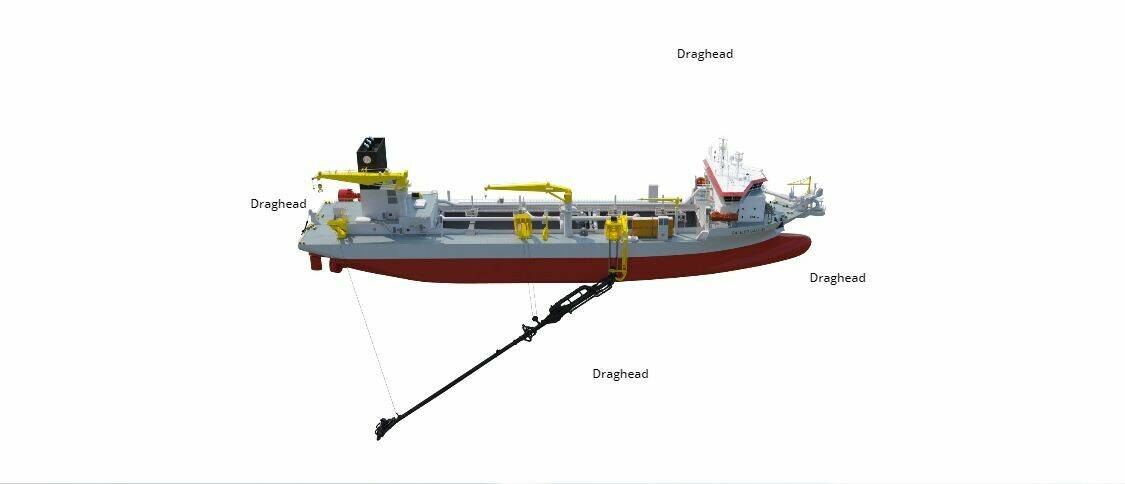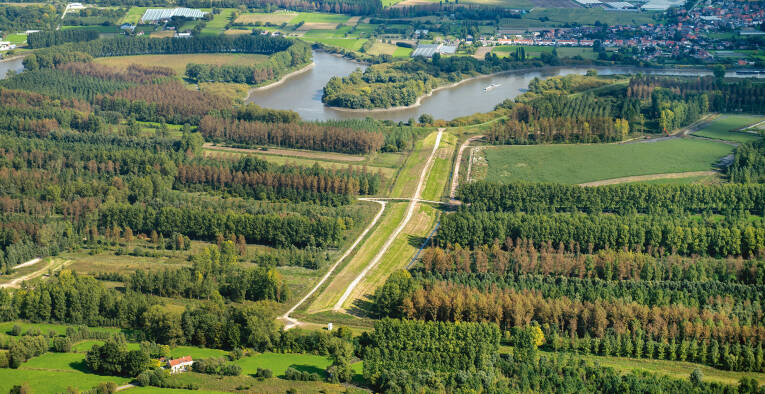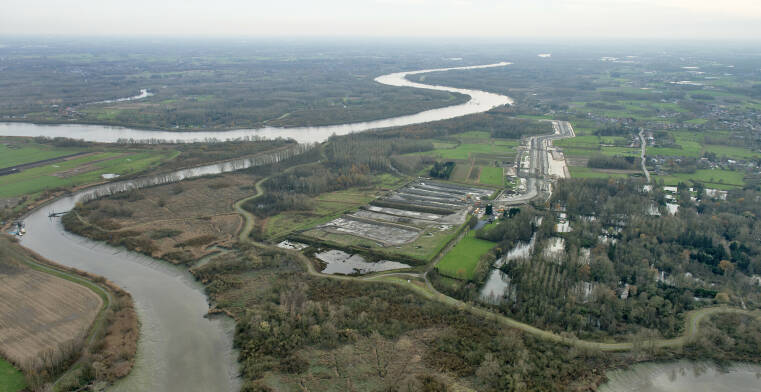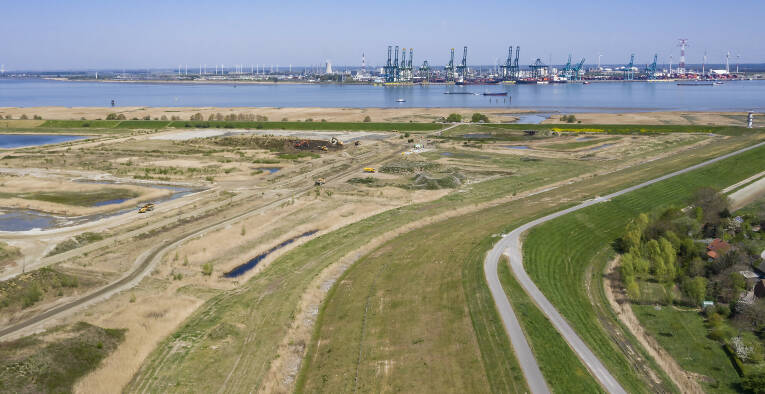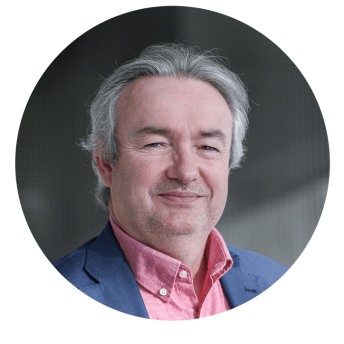

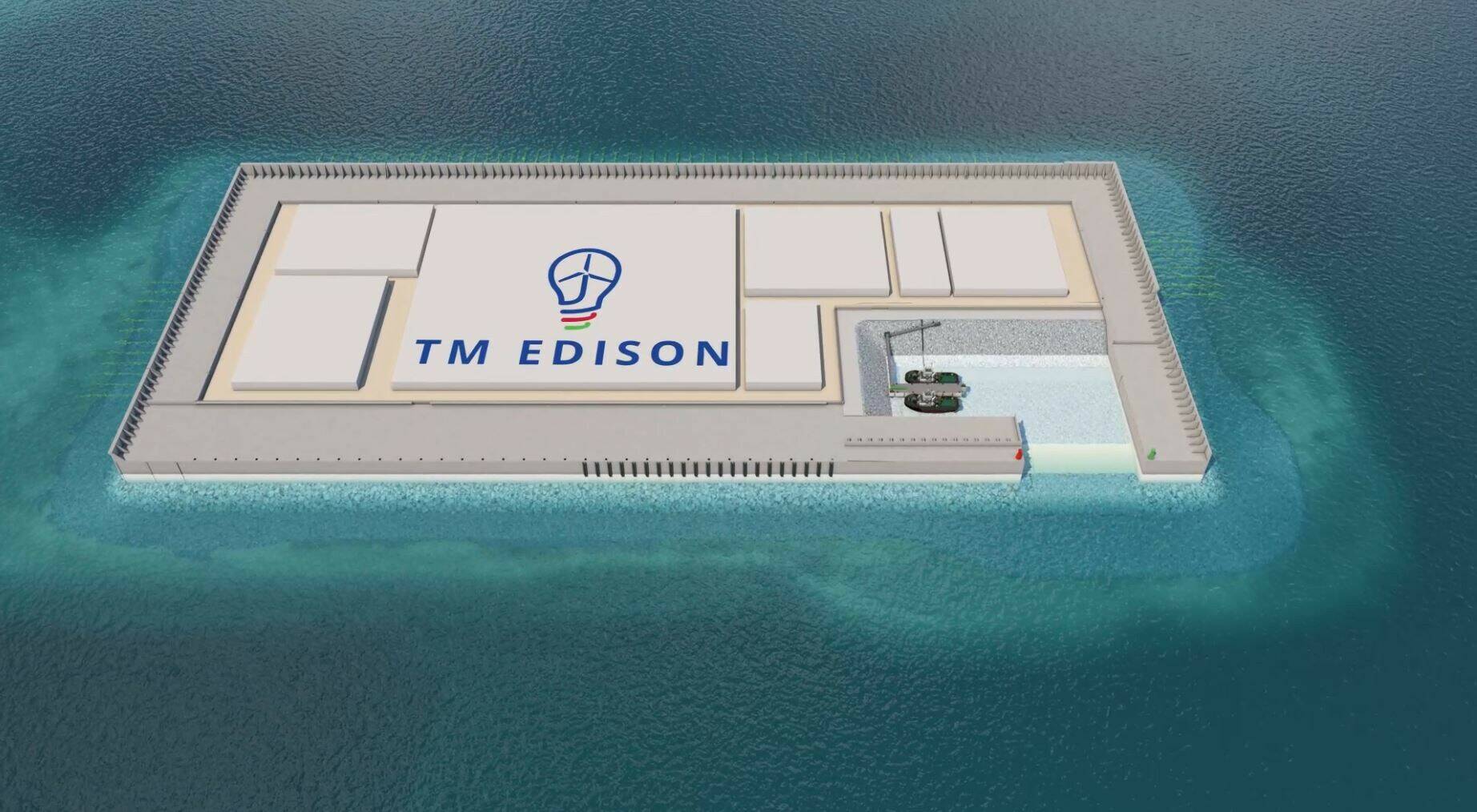
1 caisson=
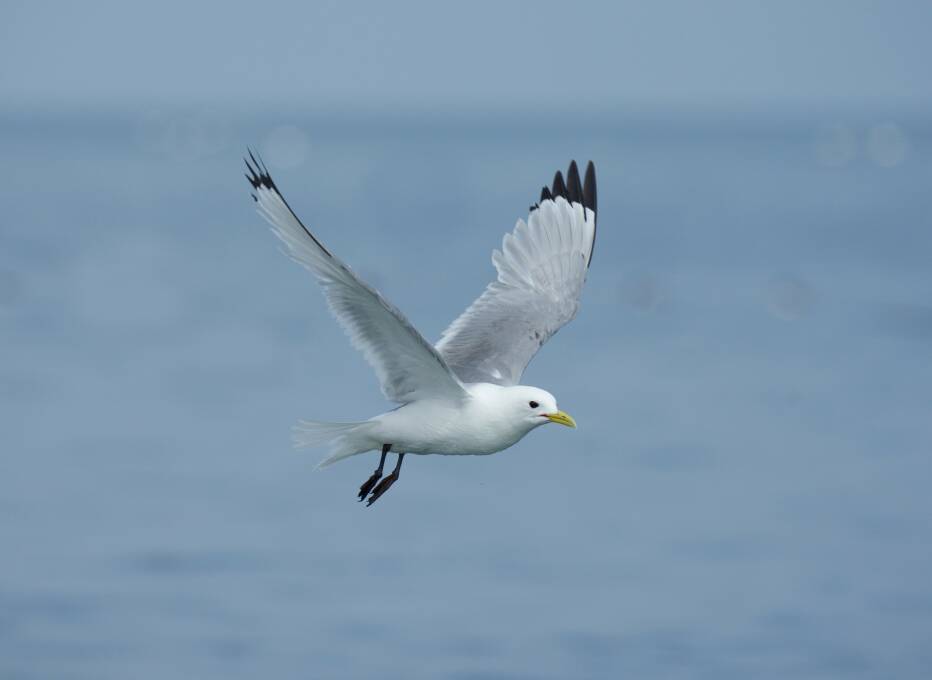
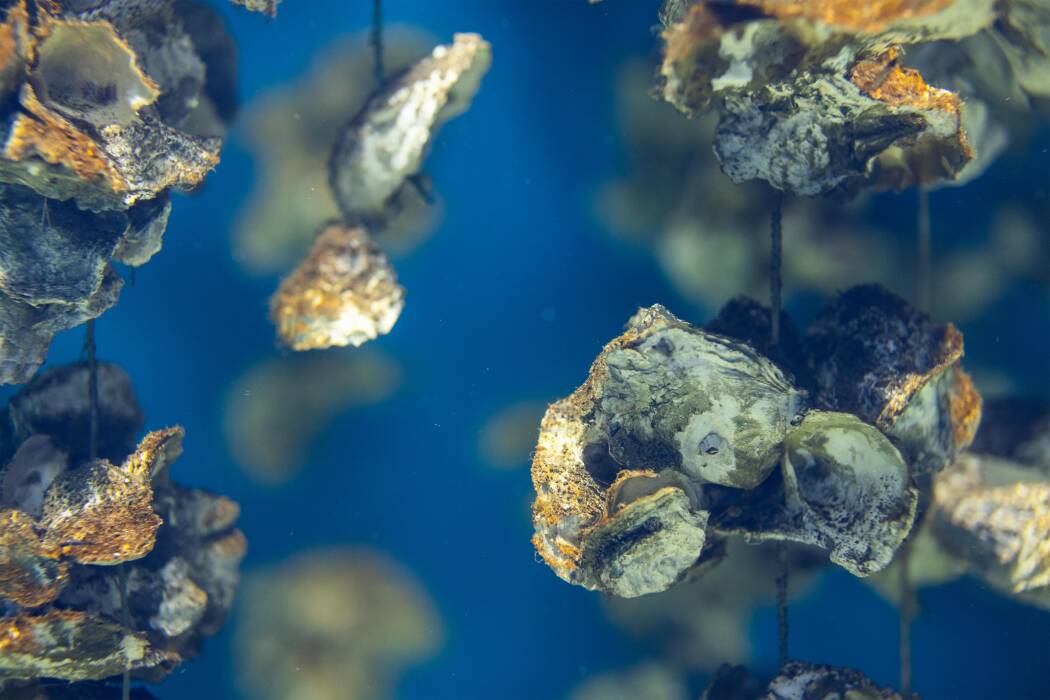
TM EDISON joined the marine ecology working group established by Elia. The group selected a set of measures that provide habitats for fauna and flora on and around the energy island.
These measures focus on specific target species, such as the kittiwake and the flat oyster, and aim to have a significant impact on these populations in the North Sea.
First priority is the design and incorporation of anchor points during the caisson production process. Later on, cliffs, tide pools and vertical walls are installed during construction. Gravel beds and boulders are added in the first operational years of the island.

Jan De Nul and Deme build the world’s first artificial energy island for Elia.

of rock
of sand

of offshore electricity
by 2050
in Europe
To achieve these goals, the island will be the first to combine both high-voltage direct current (HVDC) and high-voltage alternating current (HVAC). As the first hub of an integrated European offshore electricity grid that will connect various hubs and countries together, the construction of the Princess Elisabeth Island is an important step to achieve 300 GW of offshore electricity by 2050 in Europe.
Ha
toe protection
cable entries
concrete
caissons
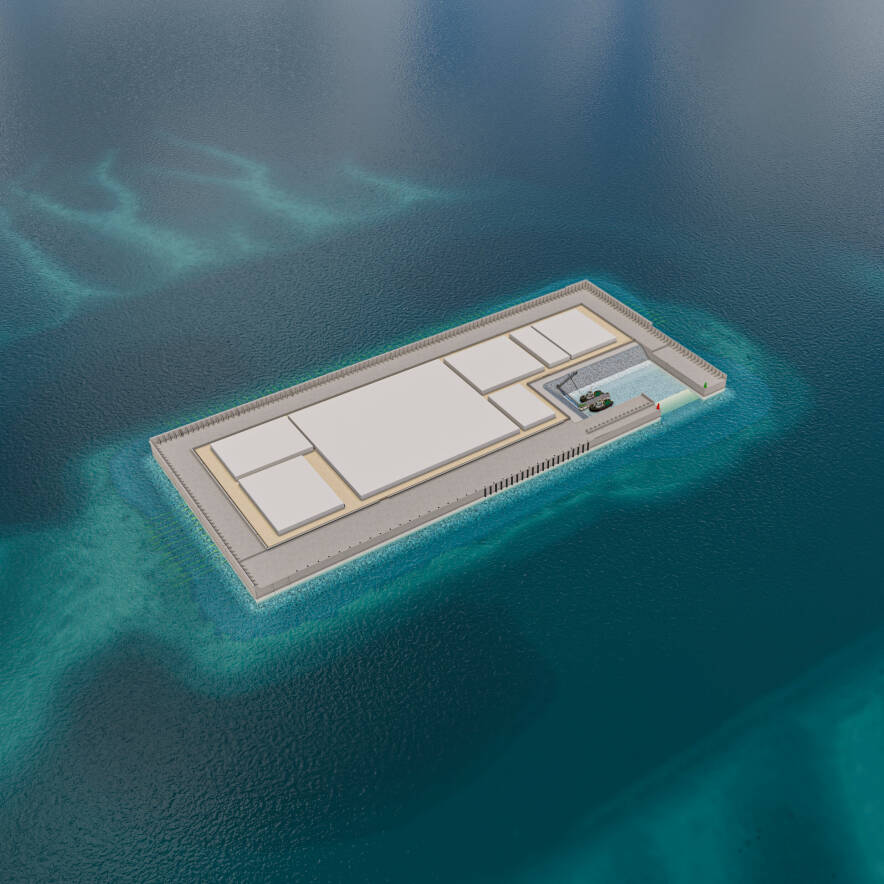
As one of the finishing works, we also provide the island with a crew transfer vessel (CTV) harbour and jetty. By installing 82,000 m3 of rock revetment, we ensure a good climate in this CTV harbour. Other finishing works include the installation of cable culverts, quay walls and CTV furniture and aids to navigation.
After caisson installation forming the island’s perimeter, we perform dredging and reclamation works to fill the island’s core with 3,000,000 m3 of sand. To achieve the desired bearing capacity and minimal settlement, sand is compacted by means of the vibroflotation technique.
The 23 caissons for the construction of the energy island are produced at our fabrication yard at North Sea Port. After passing through five workstations, the finished caissons are transported to a load-out area by a submersible barge, floated and stored along a quay wall awaiting towage to the offshore location. Caisson installation is in the summer season of 2024 and 2025. After correct positioning of each caisson, it is fully ballasted with water and sand-filled by pumping from a trailing suction hopper dredger. Finally, to prevent waves from scouring and undercutting the caissons, a subsea rock installation vessel, a fall-pipe vessel and a multi-purpose vessel install the final layer of scour and toe protection.
We start our works at the offshore location with pre-construction dredging works, performed by a trailing suction hopper dredger. Afterwards, fall-pipe vessels install the rubble mound for the caisson foundations, as well as the scour protection and the slope of the first layer of toe protection along the perimeter of the island. The final action before the installation of the caissons is the preparation and the levelling of the caissons’ filter bed by a fall-pipe vessel.
The construction of the energy island is a challenging project, in which we combine our expertise in dredging, offshore and civil activities.
During this summit, European leaders discussed the transformation of the North Sea into a renewable energy hub, providing a renewable energy capacity of 160 GW by 2030. To succeed in these energy transition goals, strong investments, enormous scaling up of production and installation, and many new people in the offshore energy are needed. By welcoming the heads of state and their ministers of Energy on our turf, we showed them we are fully committed to the renewable energy transition.
The Princess Elisabeth Energy Island will help to fulfil Europe’s ambition to make our economy greener, more robust and more attractive to industry. As part of the North Sea Summit, the European leaders visited the 3D model of the energy island, accompanied by Chris Peeters (CEO Elia), Luc Vandenbulcke (CEO Deme Group) and Julie De Nul (CEO Jan De Nul Group).
On April 24th, we welcomed the Prime Ministers of Belgium, Luxembourg, the Netherlands, Denmark, Norway and Ireland, as well as the President of France, the Chancellor of Germany and the President of the European Commission Ursula Von der Leyen aboard our cable-laying vessel Connector. The visit took place as part of the second edition of the North Sea Summit.
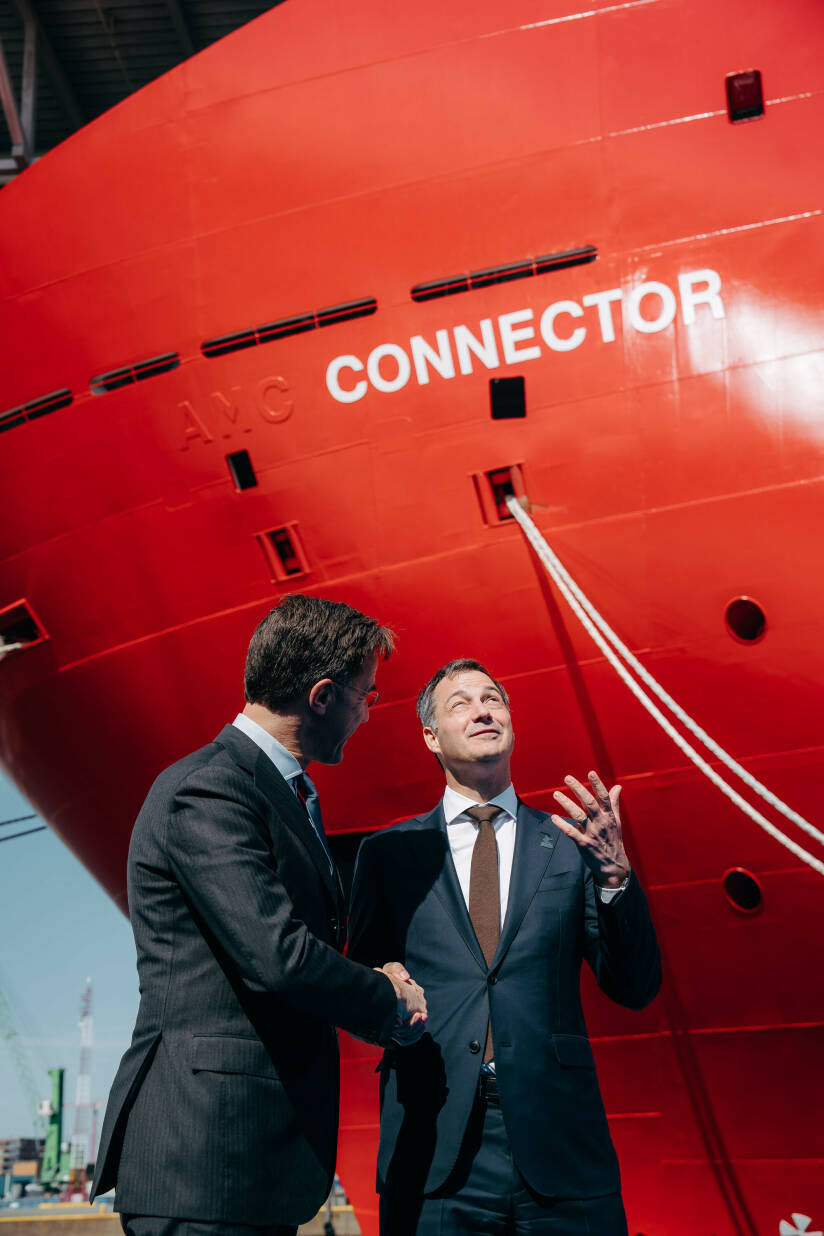
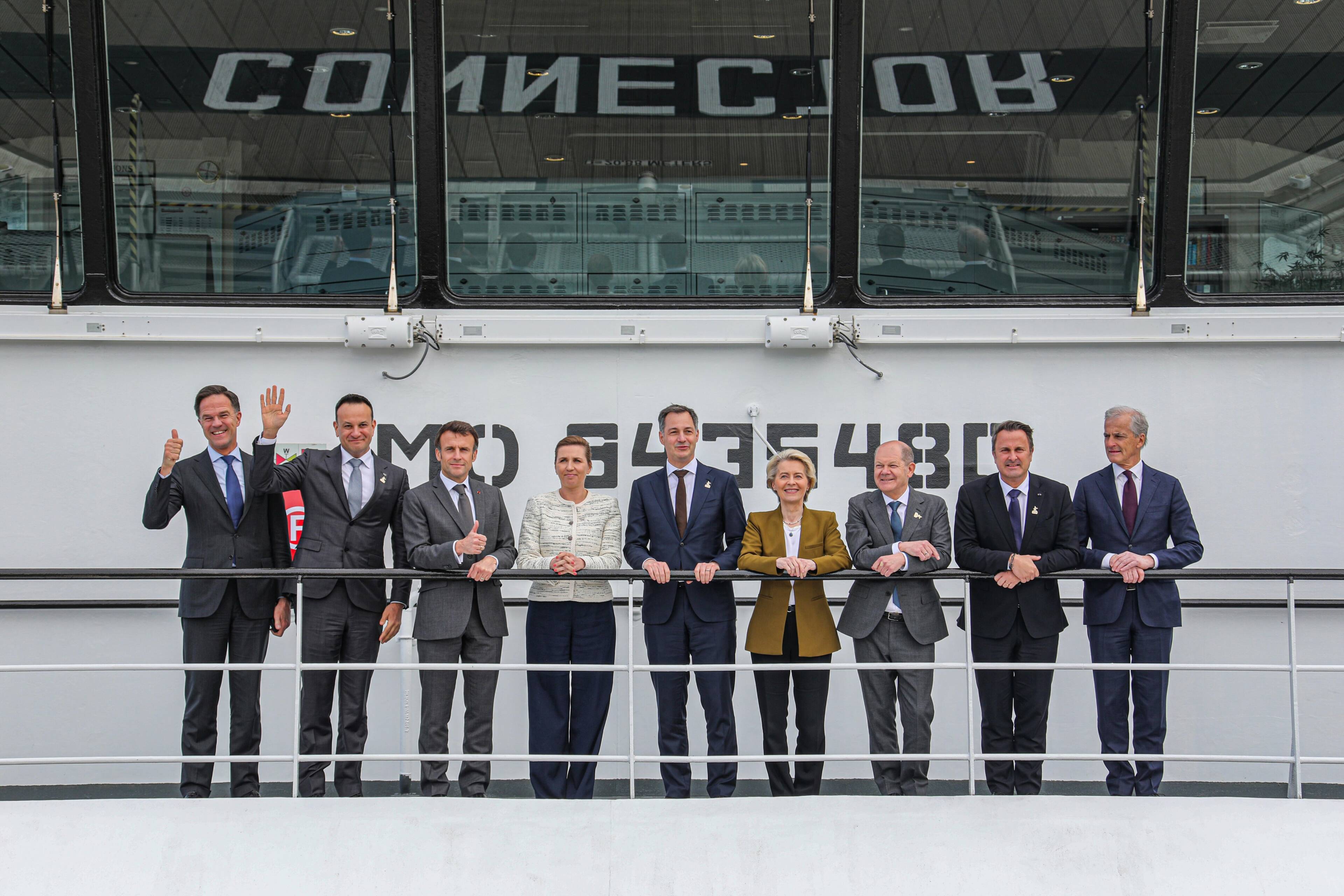
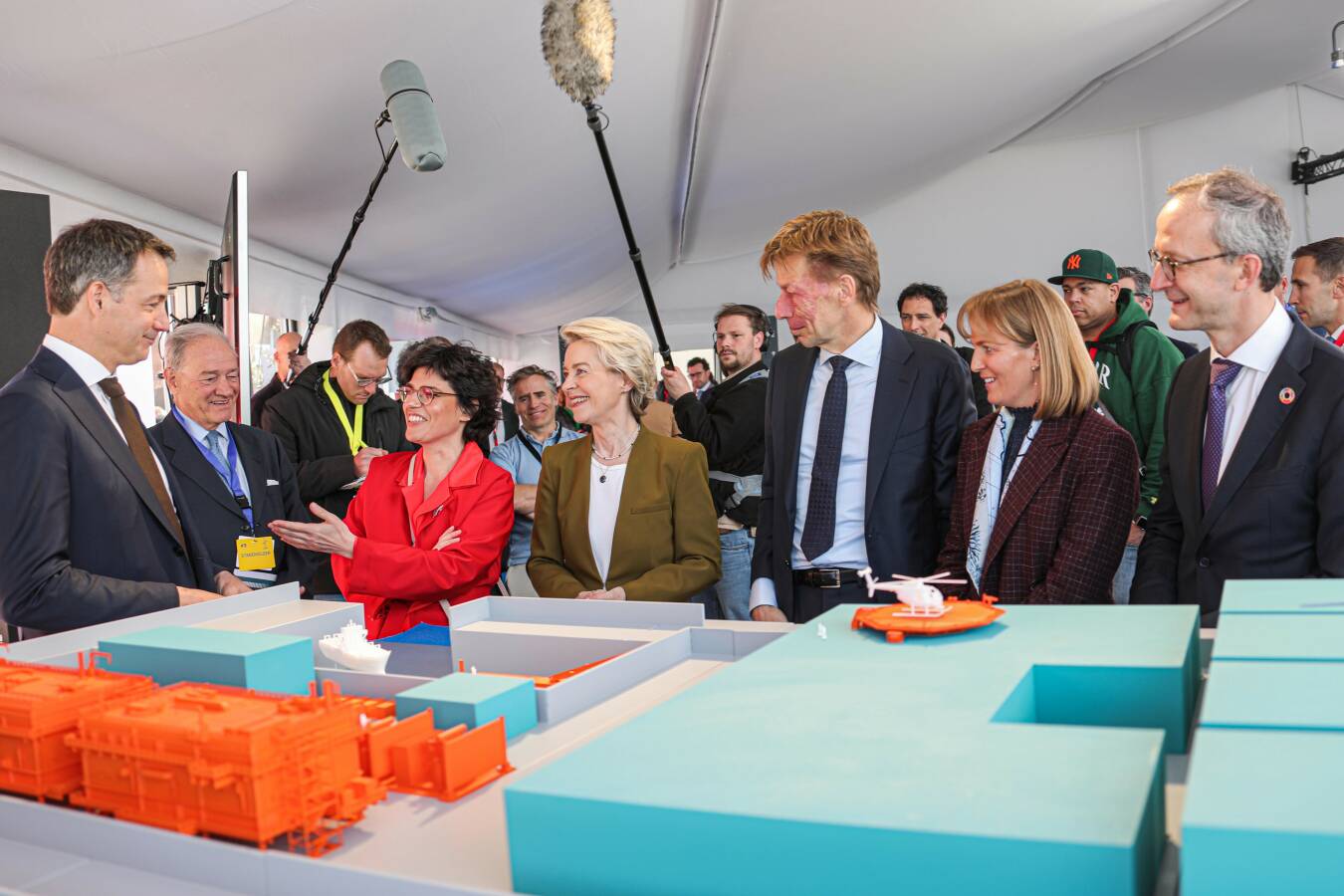





The island’s high-voltage infrastructure will bundle all wind farm infield cables from the Princess Elisabeth Zone, receiving 3.5 GW of wind generated electrical power and transforming it for transport to the mainland. Furthermore, it will also serve as an energy hub for future interconnectors with Great Britain (Nautilus project) and Denmark (TritonLink project).
By 2026, the world’s first artificial energy island will have arisen 45 km off the Belgian coast. The Princess Elisabeth Island will be a key factor in both Belgium’s and Europe’s energy transition, as it will give access to massive amounts of renewable energy, making millions of people less dependent on fossil fuels. As part of the joint venture TM EDISON, we will join forces to build the energy island for transmission system operator Elia.
Jan De Nul and other Belgian pioneers welcome North Sea Summit in Ostend.



1 caisson=
Jan De Nul and other Belgian pioneers welcome North Sea Summit in Ostend.

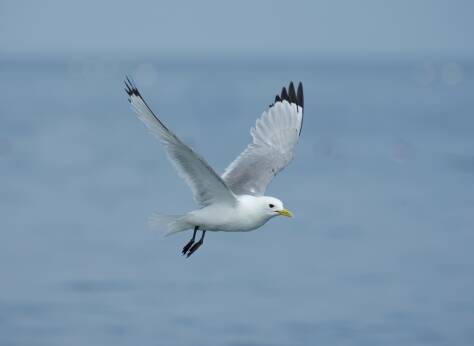
TM EDISON joined the marine ecology working group established by Elia. The group selected a set of measures that provide habitats for fauna and flora on and around the energy island.
These measures focus on specific target species, such as the kittiwake and the flat oyster, and aim to have a significant impact on these populations in the North Sea.
First priority is the design and incorporation of anchor points during the caisson production process. Later on, cliffs, tide pools and vertical walls are installed during construction. Gravel beds and boulders are added in the first operational years of the island.
As one of the finishing works, we also provide the island with a crew transfer vessel (CTV) harbour and jetty. By installing 82,000 m3 of rock revetment, we ensure a good climate in this CTV harbour. Other finishing works include the installation of cable culverts, quay walls and CTV furniture and aids to navigation.
After caisson installation forming the island’s perimeter, we perform dredging and reclamation works to fill the island’s core with 3,000,000 m3 of sand. To achieve the desired bearing capacity and minimal settlement, sand is compacted by means of the vibroflotation technique.
toe protection
cable entries
concrete
caissons
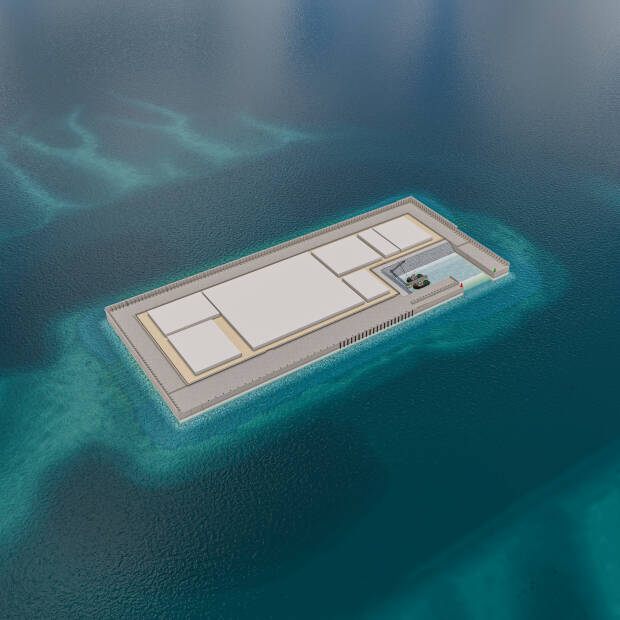
The 23 caissons for the construction of the energy island are produced at our fabrication yard at North Sea Port. After passing through five workstations, the finished caissons are transported to a load-out area by a submersible barge, floated and stored along a quay wall awaiting towage to the offshore location. Caisson installation is in the summer season of 2024 and 2025. After correct positioning of each caisson, it is fully ballasted with water and sand-filled by pumping from a trailing suction hopper dredger. Finally, to prevent waves from scouring and undercutting the caissons, a subsea rock installation vessel, a fall-pipe vessel and a multi-purpose vessel install the final layer of scour and toe protection.
We start our works at the offshore location with pre-construction dredging works, performed by a trailing suction hopper dredger. Afterwards, fall-pipe vessels install the rubble mound for the caisson foundations, as well as the scour protection and the slope of the first layer of toe protection along the perimeter of the island. The final action before the installation of the caissons is the preparation and the levelling of the caissons’ filter bed by a fall-pipe vessel.

The construction of the energy island is a challenging project, in which we combine our expertise in dredging, offshore and civil activities.
To achieve these goals, the island will be the first to combine both high-voltage direct current (HVDC) and high-voltage alternating current (HVAC). As the first hub of an integrated European offshore electricity grid that will connect various hubs and countries together, the construction of the Princess Elisabeth Island is an important step to achieve 300 GW of offshore electricity by 2050 in Europe.
of offshore electricity
by 2050
in Europe.

The island’s high-voltage infrastructure will bundle all wind farm infield cables from the Princess Elisabeth Zone, receiving 3.5 GW of wind generated electrical power and transforming it for transport to the mainland. Furthermore, it will also serve as an energy hub for future interconnectors with Great Britain (Nautilus project) and Denmark (TritonLink project).

The Princess Elisabeth Energy Island will help to fulfil Europe’s ambition to make our economy greener, more robust and more attractive to industry. As part of the North Sea Summit, the European leaders visited the 3D model of the energy island, accompanied by Chris Peeters (CEO Elia), Luc Vandenbulcke (CEO Deme Group) and Julie De Nul (CEO Jan De Nul Group).
During this summit, European leaders discussed the transformation of the North Sea into a renewable energy hub, providing a renewable energy capacity of 160 GW by 2030. To succeed in these energy transition goals, strong investments, enormous scaling up of production and installation, and many new people in the offshore energy are needed. By welcoming the heads of state and their ministers of Energy on our turf, we showed them we are fully committed to the renewable energy transition.
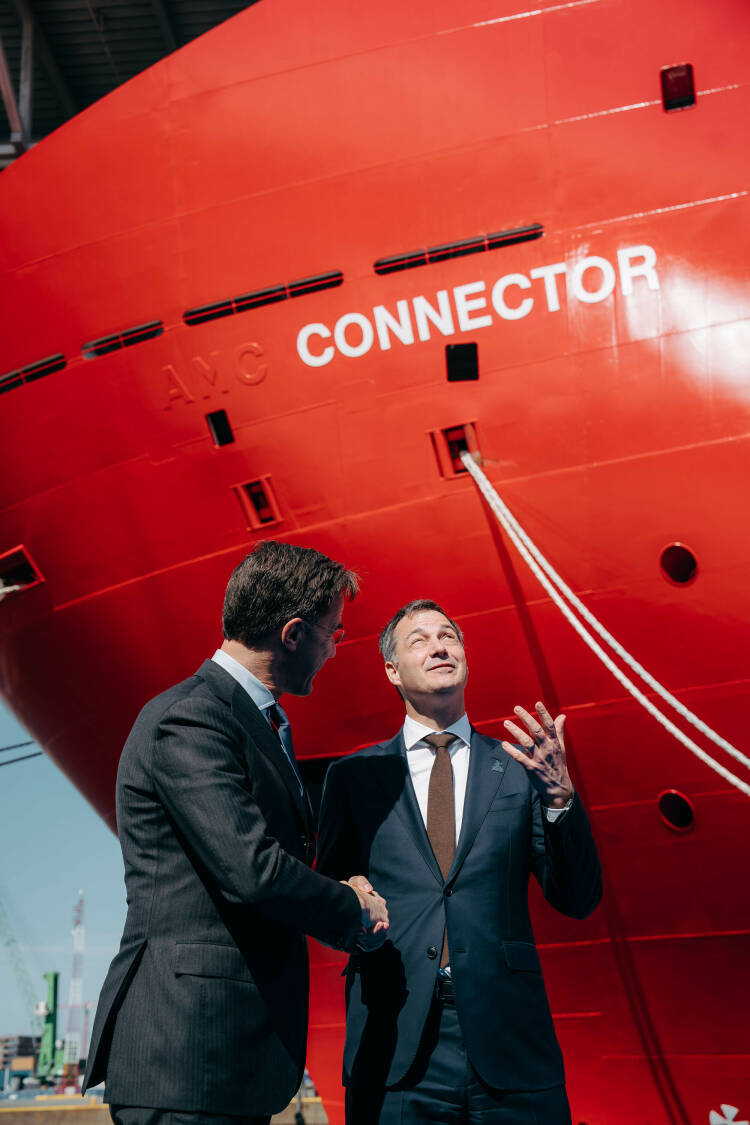
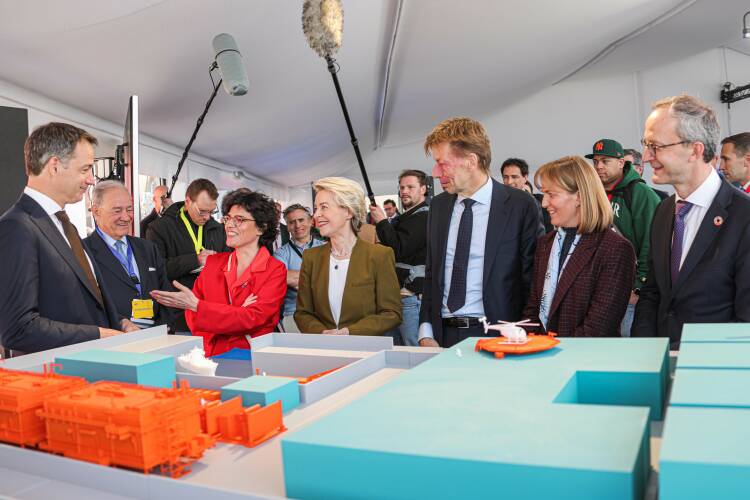

On April 24th, we welcomed the Prime Ministers of Belgium, Luxembourg, the Netherlands, Denmark, Norway and Ireland, as well as the President of France, the Chancellor of Germany and the President of the European Commission Ursula Von der Leyen aboard our cable-laying vessel Connector. The visit took place as part of the second edition of the North Sea Summit.
By 2026, the world’s first artificial energy island will have arisen 45 km off the Belgian coast. The Princess Elisabeth Island will be a key factor in both Belgium’s and Europe’s energy transition, as it will give access to massive amounts of renewable energy, making millions of people less dependent on fossil fuels. As part of the joint venture TM EDISON, we will join forces to build the energy island for transmission system operator Elia.

